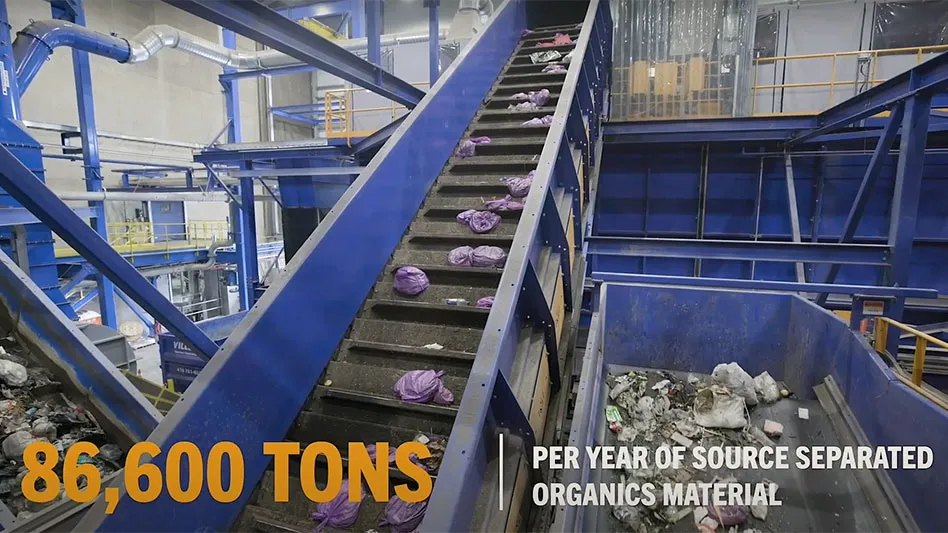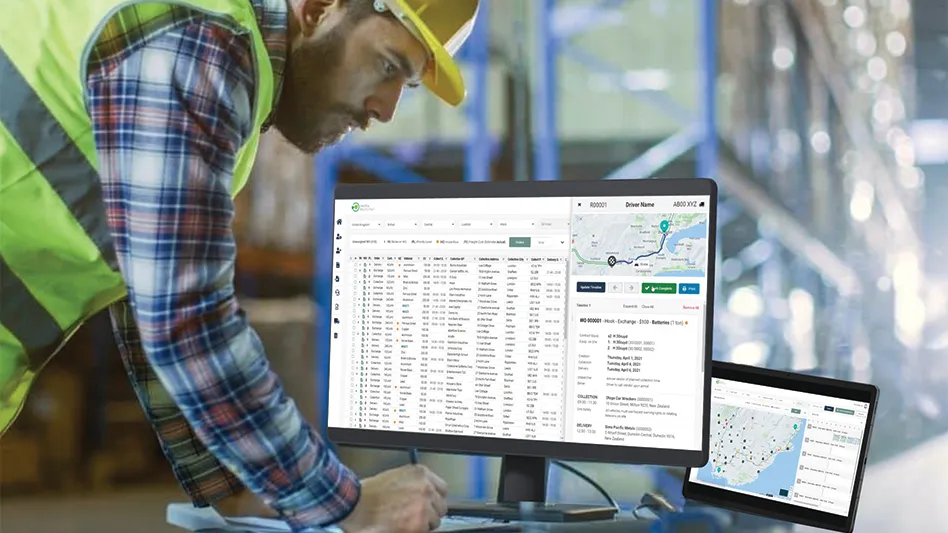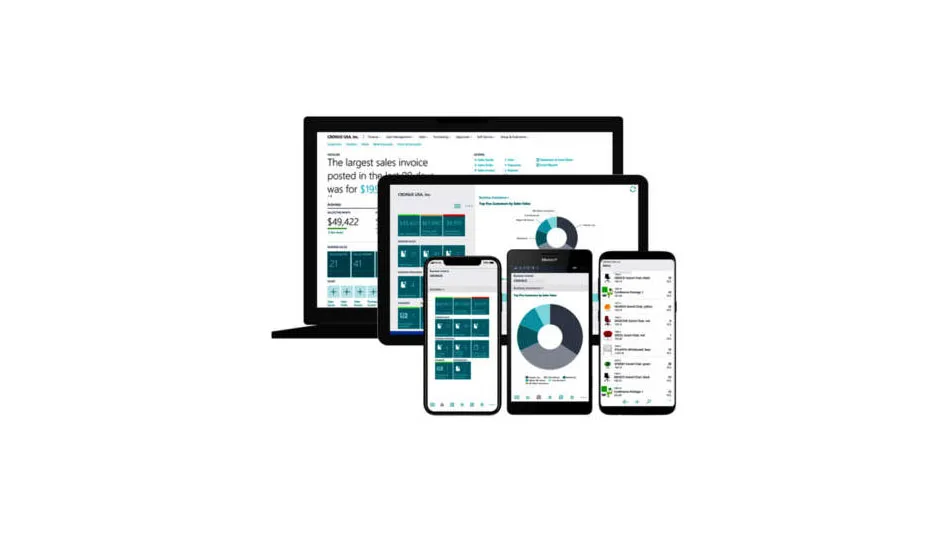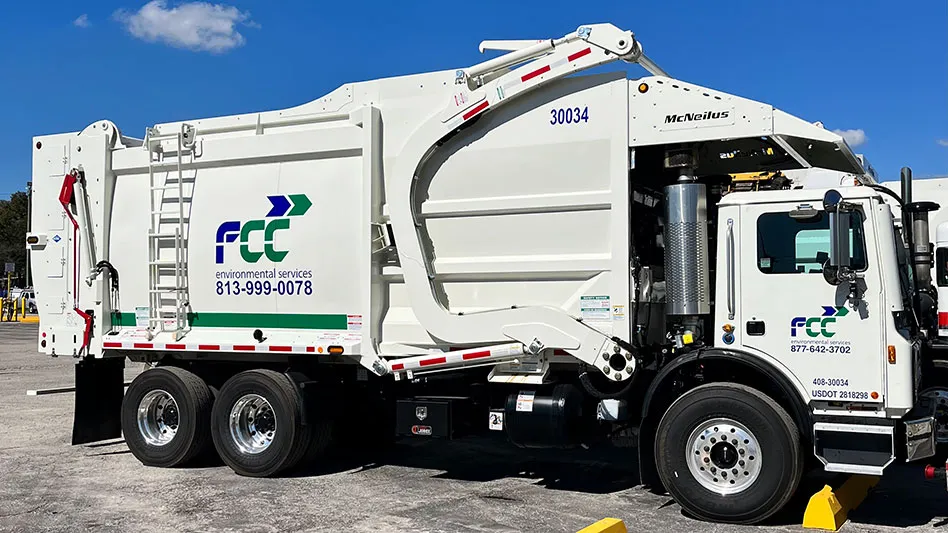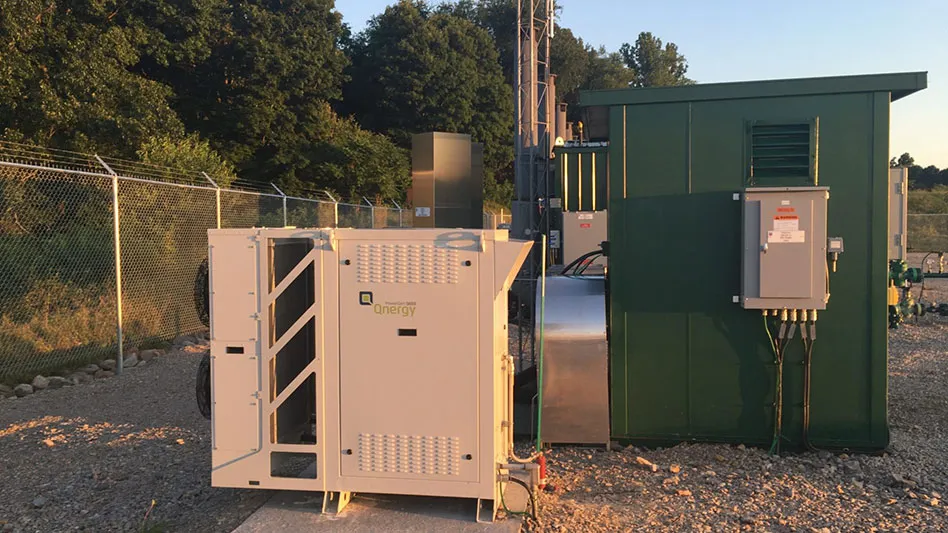
Extracting landfill gas to create energy is nothing new for Republic Services. The Phoenix-based waste services company has about 69 landfill-gas-to-energy projects at its landfills across the United States. But a recent collaboration with Mas Energy, Atlanta, has combined the capabilities of three landfills in close proximity to one another to create one giant project with a significant environmental and energy impact.
In July 2016 the two companies unveiled their new project in the metro Atlanta area, which involves three landfill-gas-to-energy (LFGE) facilities at landfills in Buford, Griffin and Winder, Georgia, creating a combined 24.1 megawatts (MW) of electricity or enough to power 15,665 households.
The projects at Richland Creek Landfill (Buford), Pine Ridge Landfill (Griffin) and Oak Grove Landfill (Winder) all were built with an identical design, construction and appearance simultaneously.
“We used the identical design for the long-term operations maintenance of the facility,” explains Michael Hall, principal and chief development officer, Mas Energy. “When designing and looking at power plants, we are not just looking at what are the first costs, we are looking at what are the life-cycle costs of the asset.”
STANDARD PROTOCOL

Mas Energy owns and operates renewable clean energy systems around the world including landfill gas, wind, combined heat and power and district energy. Going with a standard system which used GE Jenbacher J616 reciprocating engine generators from Nixon Energy Solutions, with locations in Charlotte, North Carolina, and Lawrenceville, Georgia, was an easy decision.
“We already had three of the of the type engines we used in these sites in the Atlanta area,” says Hall. “We elected to standardize that engine going forward just so we could create economies of scale and really foster commitment from the engine supplier for the long-term part supply availability and maintenance.”
Mas Energy also worked with Republic on a LFGE project a couple of years back and identified lessons learned from that first facility. From that experience, Mas Energy determined the best configuration for the plant by keeping engines separate from each other and by putting operations and maintenance in another location without putting the operator in danger or discomfort.
The company’s use of gas cleaning technology is some of the most advanced to ever be employed in a LFGE project “to make sure we provide the best gas we can into our engines,” according to Hall. “We chose a consistent design and consistent unit, and we really innovated.”
Each facility is staffed by an operator during first shift and then remotely operated by the operations team for the rest of the day. Call outs to the site are made as necessary.
“We have the ability to see what is going on anywhere in the world 24 hours a day, seven days a week,” says Hall. “We include that in all of our plant designs.”
The company also is one of the first to use selective catalytic reduction (SCR) on a landfill gas system for postcombustion treatment.
“We strive to be as environmentally friendly and as beneficial as we can be,” says Hall. “In addition to our systems using what could have been a wasted resource that would have been flared, we are a net negative benefit as far as nitrogen oxide (NOx) emissions go in the metro Atlanta area.”
The landfill gas project produces lower NOx than the standard power plant on the market, notes Hall, providing a consistent renewable energy source with a baseload for ratepayers. “We offer that consistent, environmentally beneficial, cost competitive energy source to the ratepayers doors,” he says.A SIGNIFICANT UNDERTAKING
As if one power plant wasn’t enough to build, the project to build three facilities was executed in a simultaneous fashion, which was not common.
“To come in and execute a project with this complexity and capital cost is a testament to the cooperation we received from everyone,” says Hall. “That was not an easy feat. It is really a testament to how the developer and landfill can work closely together to accomplish quite a significant task.”
Brian Martz, director, renewable energy development, Republic Services, agrees, adding that the host community also was supportive to the project. “Developing projects like these with nonattainment, is not a simple task,” he says.
A partner like Mas Energy is perfect for Republic which is aggressively working to increase its LFGE projects. As part of its Blue Planet sustainability initiative, it is working to develop at least two projects per year by 2018 and also reduce fleet emissions from direct operational impacts by 3 percent.
“We are constantly on the lookout to take gas from our other unused sites and put them to beneficial use,” says Martz.
Mas Energy handles much of the project development. “We take the lead role in developing the power plants and the projects really from beginning to end,” says Hall. “Our role was to execute air permits, power purchase agreements with the utility and then we worked very carefully with all the solid waste applications. We then take responsibility for the construction and then operations and maintenance.”
Mas Energy also is in charge of the capital, including debt and equity, for the projects. “Our role is really from genesis to operations on the power plant side,” Hall says.
For the Atlanta project, Republic is responsible for providing the gas supply. The company maintains the gas collection systems and the waste collection side of the project.
“Of course there is close integration between those two systems,” says Hall. “We integrate very closely with the corporate team and the local team on how to maximize production of the gas, minimize risk to the landfill operations and make sure that we all operate the power plant in the most efficient manner possible.”
As Martz points out, “There is also a technical interaction between the infrastructure that they [Mas Energy] have that converts the gas to electricity and the mechanical infrastructure that we have that delivers the gas to their plant and the controls associated with each.”
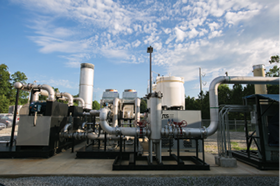
As well, if the power plant were to go down, Republic would maintain the obligation as the waste management professionals to manage the landfill gas in accordance with strict air regulation. “We supply and maintain the full backup capacity to destroy the gas if and when they go down,” adds Martz.
Martz says Republic must comply with a strong set of air regulations that closely monitor the landfill emissions on the gas that is being transferred to the Mas Energy plants. “Our role is really one of a coordination with their teams from a technical electronic controls, valving and managing standpoint.”
Republic uses essentially the same equipment it would use to manage gas media in a landfill that was flaring its gas. “We don’t install different equipment. We manage that equipment, maintain that equipment and continue to build out the well field in an aggressive manner, but it is more of the coordination and a style of managing the system as we direct that to the plant,” Martz describes.
When Mas Energy receives gas from Republic’s system, it dehydrates and treats the gas for removal of siloxane “so we can deliver it to our engines with clean, dry gas,” explains Hall.
RAMPING UP
By September 2016 all three of the landfill sites were operating at near full capacity. Richland Creek Landfill has installed capacity of 10.9 MW with five gas engines; Pine Ridge Landfill and Oak Grove Landfill each have installed capacities of 6.6 MW with three gas engines at each site, expandable to four.
Hall says of the experience, “All things considered given the complexity and the number of projects we have, I think it has gone very well.”
Mas Energy does everything it can to develop the highest value projects it can for its partners and Georgia Power’s ratepayers, according to Hall. As well, it is an investment-grade project, which he says is unusual in the landfill gas space. Republic sees the value of working with Mas Energy.
“We are a large company with a large number of solid waste disposal facilities. We are interested in managing those with the highest of environmental care and we look for counterparties that have that same mindset,” says Martz. “We seek to put to use our landfill gas in beneficial ways as often as we can, and we are often challenged by a number of factors. Economics are one. Credible, reliable counterparties are another, and regulatory and legal arrangements surrounding all of that are another feature.
He continues, “What we have experienced working with Mas Energy is that together we can navigate all of those hurdles and still deliver an economically viable, beneficial reuse projects.”
Hall is just as pleased with the relationship Mas Energy has developed with Republic. “They have been a very good partner. These projects are not easy to develop and move forward, and we couldn’t do it without the full cooperation of Republic from the people in the corporate office all the way down to each of the landfill managers and the engineering managers of the site,” he says.

Explore the December 2016 Issue
Check out more from this issue and find you next story to read.
Latest from Waste Today
- AMCS showcasing Performance Sustainability Suite at WasteExpo
- New Way and Hyzon unveil first hydrogen fuel cell refuse truck
- NWRA honors award recipients during annual breakfast at WasteExpo
- Rubicon selling fleet technology business, issuing preferred equity to Rodina Capital
- Machinex to feature virtual tour of Rumpke MRF at WasteExpo
- Reworld releases 2024 sustainability report
- Novolex invests in Ozzi
- Routeware to unveil product updates at Waste Expo
